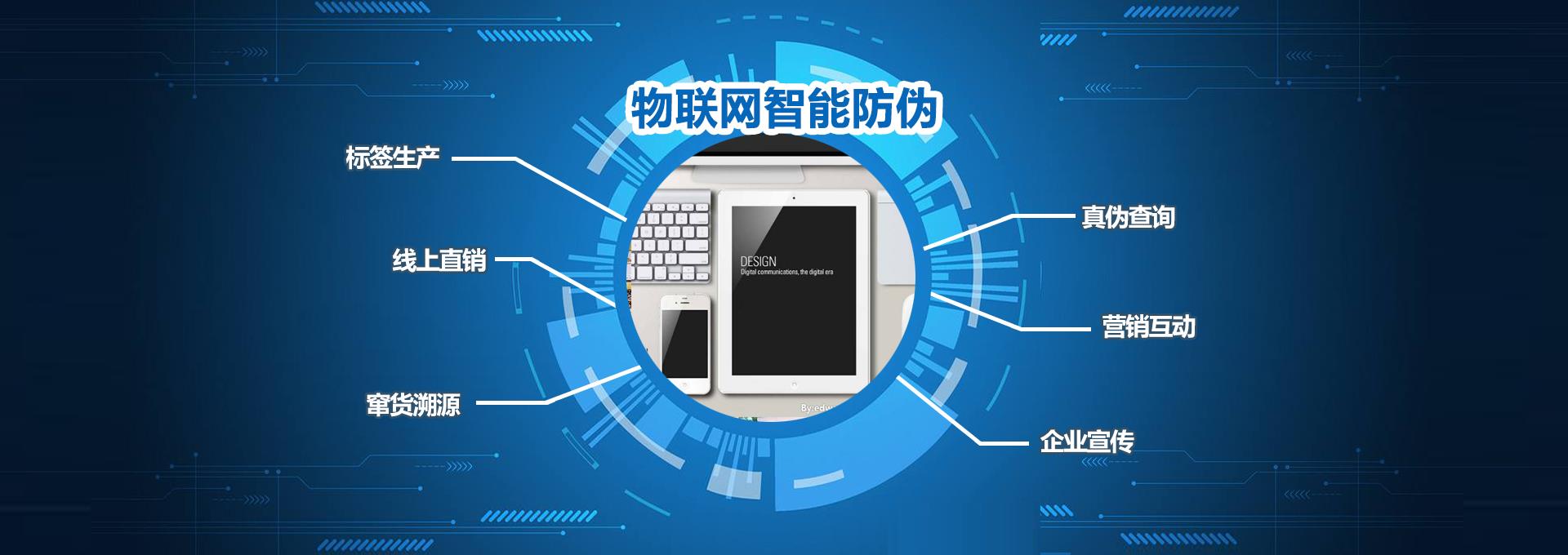Shenzhen City Industrial Co., Ltd. Contact: Liu Jinrong Fixed: 075529966071
Mobile: 13510810460
Fax: 075529966073
Address: 5th Floor, Building 3, Guangyu Industrial Park, Xixiang Street, Baoan District, Shenzhen
How to design a radio frequency laser holographic anti-counterfeiting label
How to design a radio frequency laser holographic anti-counterfeiting label
Laser holographic anti-counterfeitingIt is a relatively popular anti-counterfeiting technology. It uses holographic mapping technology and embossed copy technology, combined with plate-making technology such as laser film and 3D optical miniaturization, to produce label products with high anti-counterfeiting performance. With the continuous development of science and technology, many emerging technologies have also been applied to the production of anti-counterfeiting labels. Among them, manufacturers have combined video technology and laser holographic anti-counterfeiting to develop unique label products.

If a label with laser holographic anti-counterfeiting is to be perfectly combined with radio frequency technology, a wireless antenna must be designed first. Because in the radio frequency system, the signal transmission between the tag and the reader needs to be transmitted through the magnetic field generated by the antenna. At present, the electromagnetic field can be divided into the non-radiation field radiation near-field area and the radiation far-field area. The diameter of the wireless antenna affects the size of the electromagnetic field area. Manufacturers also need to study the energy transfer relationship between the reader and the tag to find out which distance parameters affect tag identification. According to the data of these analysis and research, the design and production process of making labels are determined. The label film generated by the laser holographic anti-counterfeiting is not conducive to the energy conversion of the reader and the wireless antenna, thereby affecting the reading of the label data. Therefore, manufacturers need to adjust the distance between the tag antenna and the holographic film to find a more favorable position.
The inside of the radio frequency laser holographic anti-counterfeiting label consists of three parts, namely the feeding point, the metal ground and the radiator. No matter which part it is, its thickness will affect the anti-counterfeiting performance of the entire label, so thinner materials should be used as much as possible. Usually the thickness of the antenna will be controlled within 10μm, and the thickness of the laser holographic anti-counterfeiting label film will be controlled within 35nm. Such a device makes the label look beautiful and not heavy.

Previous: Analysis of two-dimensional code anti-counterfeiting label and variable data printing
下一条: Explanation of the washing process of QR code anti-counterfeiting label
Related News
- Is there a tag security tag that can't be torn down?
- Food Information Security QR Code Development Trend
- What are the applications of QR code anti-counterfeit labels?
- What is the printing process of anti-counterfeiting label factory packaging?
- QR Code anti-counterfeiting label becomes the new trend of market anti-counterfeiting traceability
- How do consumers identify laser security labels?
- Introduction to laser holographic anti-counterfeiting knowledge
- How to identify the authenticity of laser anti-counterfeit labels
- Anti-counterfeit QR code label production process
- Laser anti-counterfeiting label production process introduction
- Analysis of two-dimensional code anti-counterfeiting label and variable data printing
- Explanation of the importance of digital watermarking for QR code anti-counterfeiting labels
- Application of Moiré effect in laser holographic anti-counterfeiting
- Analysis of anti-counterfeiting process of three-dimensional QR code anti-counterfeiting label
- On the importance of laser anti-counterfeiting labels during the epidemic
- Laser holographic anti-counterfeiting manufacturer's explanation on the characteristics of digital watermarking technology
- Application of Code Anti-counterfeiting Label in Fireworks Industry
- How to distinguish the authenticity of edible oil laser anti-counterfeit labels
- Anti-counterfeit label factory teaches you how to choose anti-counterfeit labels
- The benefits of automated production in anti-counterfeit label factories



